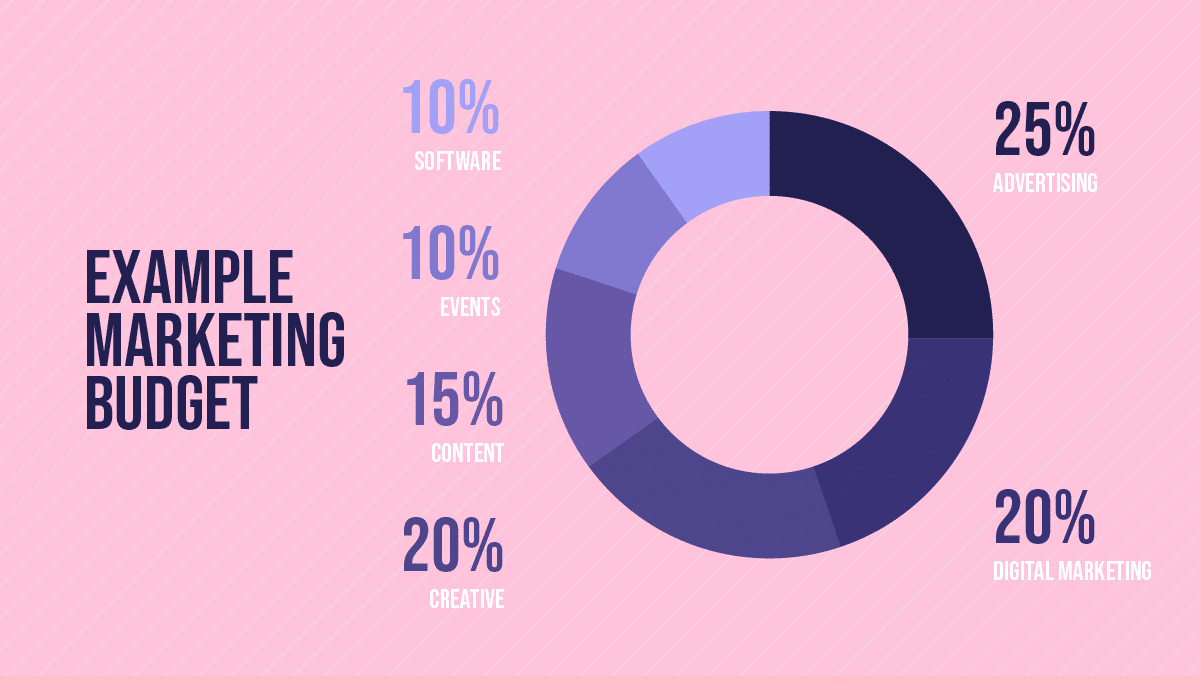A paradigm shift has occurred in the ever-evolving landscape of social media, where connections and cat videos coalesce. No longer merely a digital nexus for familial and friendly exchanges, social media platforms wield an unprecedented power—a potent instrument for brands to traverse the vast expanse of their target audience’s consciousness, leaving an indelible mark on visibility, awareness, and loyalty.
However, within this digital scape, a stark reality looms: the organic terrain of social media is becoming an increasingly elusive playground. The ranking algorithms now favour paid social ads over organic posts. As a result, brands are compelled to invest in paid social ads – a necessary requirement for broadcasting messages to discerning netizens at the opportune moment.
Paid social advertisements placed on various platforms, such as LinkedIn, Facebook, Instagram, and Pinterest, provide brands with a customisable ad strategy. These digital emissaries can be crafted precisely to pursue diverse objectives: channelling traffic, harvesting leads, amplifying conversions, or expanding brand recognition.
However, when examining this concept with a discerning mind, the following query arises: How does one harness the power of paid social ads to transform a brand and attain its marketing aspirations? This article breaks the process down in detail.
1. Define Your Objectives and Metrics

Before undertaking a paid social media campaign, it is important to establish clarity. Specify your objectives, be it increasing website traffic, building an email list, boosting revenues, or introducing a new product or service. The chosen platform, ad format, budget, and bidding strategy hinge on these aspirations.
Key performance indicators (KPIs) become the linchpin—impressions, reach, clicks, click-through rates (CTR), cost per click (CPC), conversions, cost per conversion (CPC), and return on ad spend (ROAS) serve as the quantifiers of success.
2. Acquaint Yourself with Your Audience and Rivals
To captivate, one must first comprehend. Tools such as Facebook Audience Network or Twitter Analytics unveil the idiosyncrasies of how netizens approach your niche. Surveys, polls, or quizzes unravel the desires of potential followers.
The competitive terrain, meanwhile, becomes the theatre of revelation. AdEspresso, Socialbakers, BuzzSumo, or SEMrush become indispensable agents, unveiling the secrets of rivals. As such, understanding the audience and learning from competitors is the perfect mix for creating compelling ad campaigns.
3. Develop Engaging Content and Visuals

Amidst the flurry of social media feeds, attention is both fleeting and invaluable. Paid social ads employ visuals and content that stimulate the audience. However, visual elements such as images, videos, carousels, stories, and slideshows must resonate harmoniously with the intended message of the brand. Logos, colours, and fonts—the unspoken messengers of brand identity—must also be in harmony.
4. Test and Optimise
As the ad campaign is put into progress, the hard part is done, but the scrutiny should remain constant. The responsibility of conducting regular surveillance and analysis is assumed by the brand manager. However, the watchful tools recording the campaign’s impact, which consist of Facebook Ads Manager, Twitter Ads Dashboard, and Google Analytics, reveal the metrics and user behaviour narrative.
For the sake of optimisation, various ad permutations arise. Landing pages, headlines, images, and videos, as well as CTAs, are scrutinised. As a result, ad quality increases, expenses decrease, and CTRs, conversions, and ROAS grow.
A/B Testing and Experimentation
A/B testing and experimentation are pivotal in fine-tuning your advertising strategy. By comparing two versions of an ad, you can discern which elements—be it imagery, copy, or call-to-action—resonate most with your audience.
This methodical approach not only enhances the effectiveness of your ads but also provides valuable insights into your audience’s preferences and behaviors. Regularly employing A/B testing ensures that your advertising efforts are data-driven, minimizing guesswork and maximizing ROI.
Ad Targeting Strategies
Precise ad targeting is the cornerstone of any successful advertising campaign. Understanding and segmenting your audience based on demographics, interests, and behaviors allows you to deliver relevant and compelling content.
This precision not only increases the likelihood of engagement but also ensures that your advertising budget is spent efficiently, reaching those most likely to convert. In the vast sea of online content, well-targeted ads act as lighthouses, guiding the right customers to your brand.
Ad Budget Management

Effective ad budget management is crucial for maximizing your advertising spend. It involves not only setting a budget that aligns with your business goals but also continuously monitoring and adjusting your spend based on campaign performance.
Utilizing tools for tracking metrics and ROI enables you to identify which campaigns are yielding the best results, allowing you to allocate resources more effectively and get the most out of every dollar spent.
Ad Creative Refresh
To maintain audience engagement and prevent ad fatigue, it’s essential to periodically refresh your ad creatives. Over time, even the most successful ads can lose their impact as audiences become overexposed to them.
By introducing new visuals, tweaking messaging, or experimenting with different formats, you can reignite interest and keep your brand fresh in the minds of your audience. A dynamic and evolving ad strategy not only sustains attention but also demonstrates your brand’s commitment to innovation and relevance.
Social Media Platform Selection
Choosing the right social media platforms for your brand is a strategic decision that can significantly impact your advertising success. Each platform has its unique audience, culture, and content style.
For instance, Instagram is visually driven and suits lifestyle and fashion brands, while LinkedIn is professional and ideal for B2B marketing. Understanding where your target audience spends their time and how they interact with content on these platforms is key to delivering your message in a way that resonates and drives engagement.
Compliance and Ad Policies

Navigating the complex landscape of social media ad policies and regulations is non-negotiable. Compliance is crucial not only for the legal integrity of your brand but also for maintaining a positive relationship with the platforms and your audience.
Violations can lead to ad disapprovals, account suspensions, or worse, damage to your brand’s reputation. Staying informed about the ever-evolving policies and ensuring that your ads adhere to these guidelines is a fundamental aspect of responsible and effective advertising.
Remarketing and Retargeting
Remarketing and retargeting are powerful strategies to re-engage users who have previously interacted with your brand but did not convert. By targeting these individuals with tailored ads, you remind them of their interest in your products or services, increasing the likelihood of conversion.
These strategies are particularly effective because they focus on individuals who are already familiar with your brand, making them more receptive to your messaging. Implementing remarketing and retargeting can significantly boost your conversion rates and maximize the value of every visitor to your site or user of your app.
In Conclusion
Paid social advertisements, when executed with careful strategising, have a profound impact that extends beyond the social media domain, transforming brands and unlocking new pinnacles in the marketing universe. As social media and paid advertising continue to evolve, these insights serve as the brand promoter’s notes —a manual for developing and implementing successful campaigns that produce measurable outcomes.
Suppose you would like to evolve your brand with paid ads on social media, Vendo Digital is a digital marketing agency in the UK that can help you achieve this objective.
